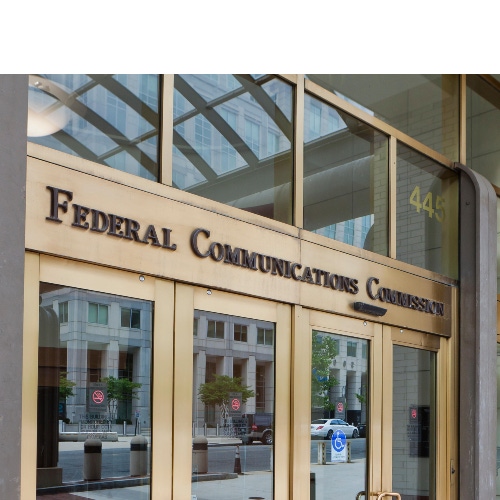
Top 5G executives from Dish Network held a video conference with a handful of FCC officials to discuss the company's plans to launch a nationwide network using open RAN technology.
According to a Dish filing, the FCC requested the meeting to learn more about how Dish plans to use open RAN gear – rather than traditional RAN equipment – to build a wireless network. Dish executives Marc Rouanne, Sidd Chenumolu and Stephen Bye participated in the call.
"While legacy carriers built closed end-to-end networks, Dish chose O-RAN because, among other reasons, it offers lower capital and operating costs, and is more resilient, secure and energy efficient," Dish wrote. "In cooperation with more than 30 technology partners, Dish will offer a real-world example of the benefits of O-RAN as our 5G network rolls out to customers this year."
Dish has been building a network in locations around the country, but has so far not yet launched commercial services.
The FCC, along with other federal regulators and lawmakers, has been eying open RAN technology as a lever to pull in order to develop US-based 5G products and services. The technology promises to allow newer, smaller vendors to sell into the 5G equipment market by creating interoperable interfaces in networking gear that traditionally has been tightly controlled by bigger suppliers such as Nokia and Huawei.
At the FCC specifically, a number of companies have been urging the agency to encourage – or mandate – the use of open RAN equipment in agency programs like the Huawei "rip and replace" effort.
Figure 1:  The FCC is headquartered in Washington, D.C.
The FCC is headquartered in Washington, D.C.
(Source: B Christopher/Alamy Stock Photo)
So far the FCC has voiced support for open RAN but hasn't pushed the technology. The agency's recent meeting with Dish – potentially a major player in the burgeoning open RAN space – could signal its continued interest in the technology.
Beyond the FCC, Congress appears to be moving forward with legislation that might funnel money directly into the US open RAN industry. Both the House and the Senate have passed legislation designed to improve US competitiveness with China.
According to financial analysts at New Street Research, the legislation could pave the way for "$1.5 billion for the Public Wireless Supply Chain Innovation Fund to deploy Open Radio Access Network (Open RAN) network equipment to spur movement toward open architecture, software-based wireless technologies and funding innovative leap-ahead technologies in the US mobile broadband market."
The analysts added, "That provision might be of particular value to Dish, which is building out its network based on that technology."
Although open RAN has been embraced by 5G upstarts like Dish and Rakuten in Japan, incumbent players in the US such as T-Mobile and Cellcom have expressed skepticism about the technology.
"We have worked with several vendors who have not been able to define a use case [for open RAN] in a brownfield network," Cellcom told Light Reading recently. "If we were deploying a greenfield network, the use case becomes viable. We will continue to learn more about open RAN in our PoCs [proof of concepts], but currently do not have any planned deployment."
Research and consulting firm Dell'Oro Group forecasts open RAN will account for around 15% of the overall 2G-5G RAN market by 2026.
Related posts:
— Mike Dano, Editorial Director, 5G & Mobile Strategies, Light Reading | @mikeddano
About the Author(s)
You May Also Like











